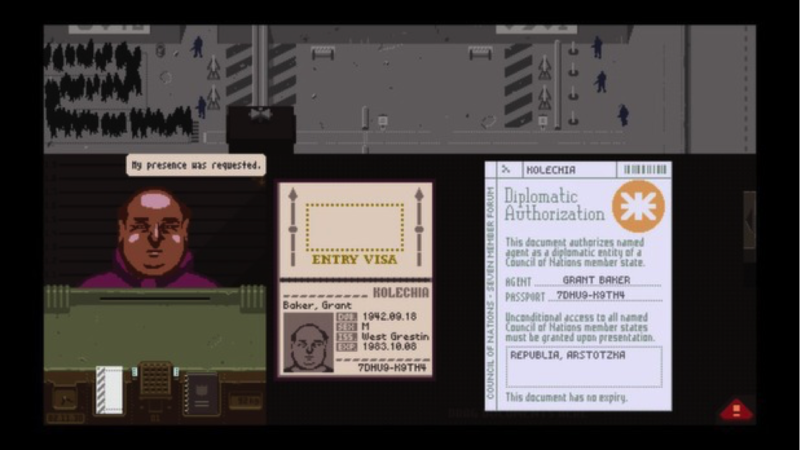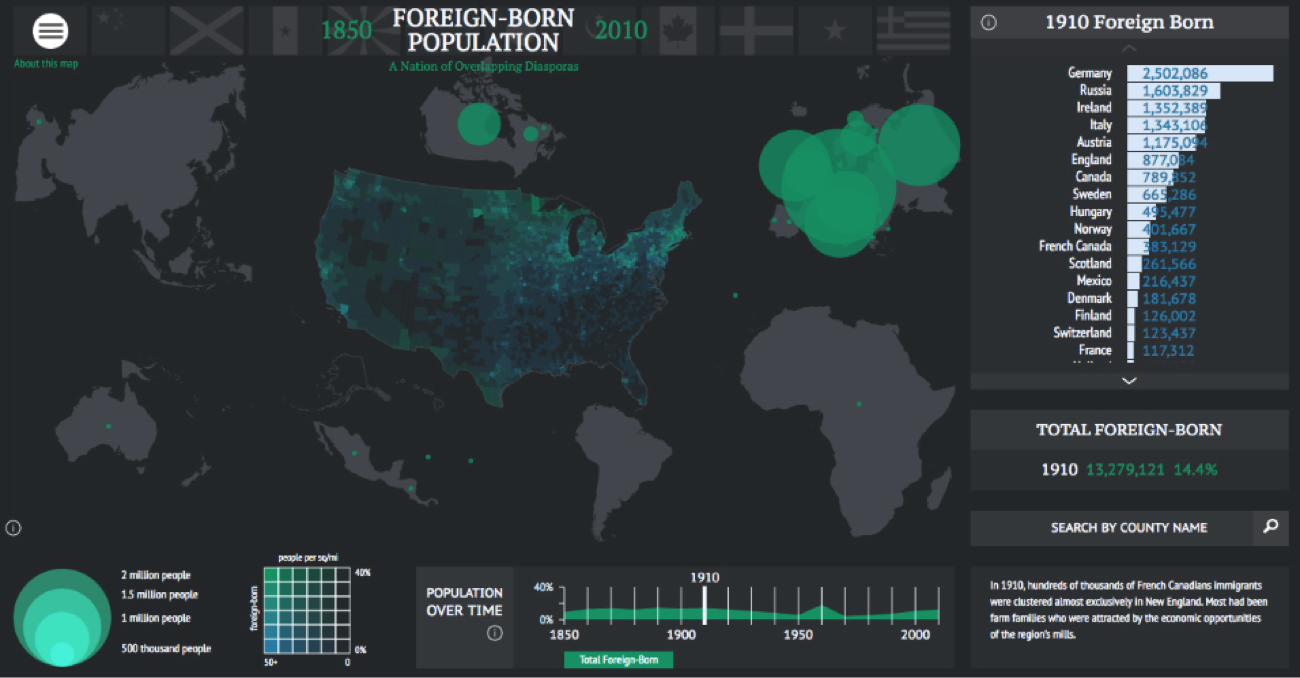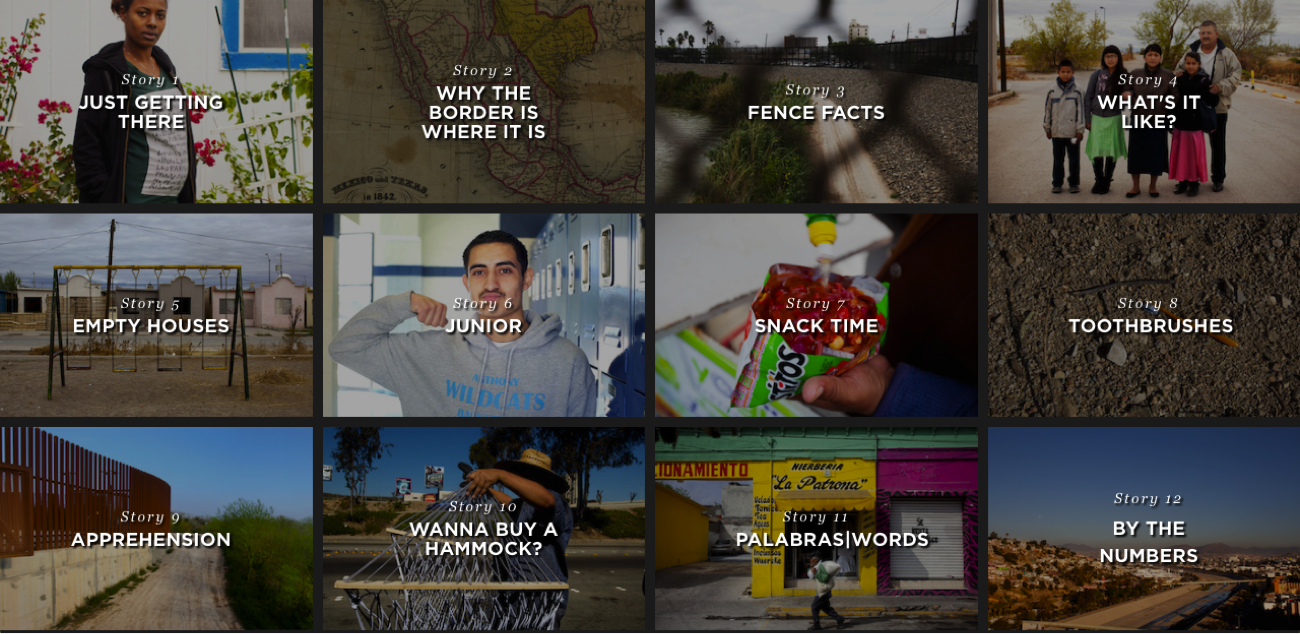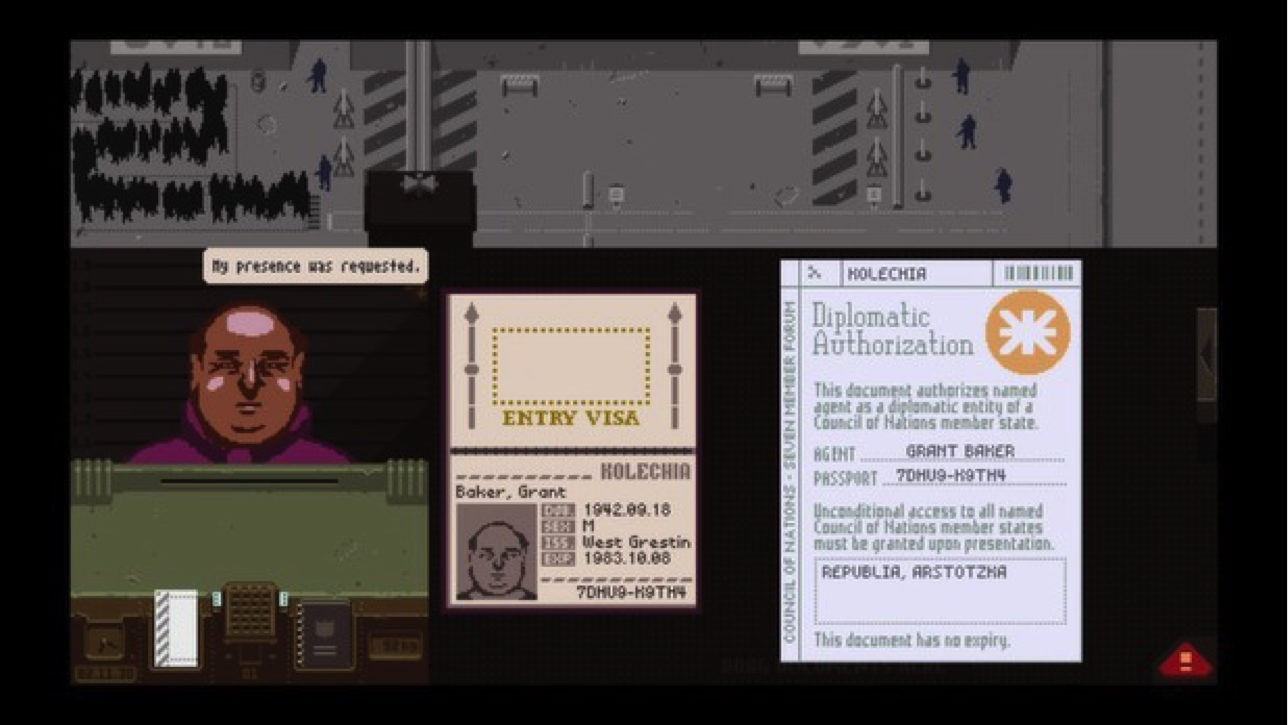By Erin Wilkey Oh, Common Sense Education
As the debate over U.S. immigration policy continues to divide voters across the country, more and more online resources are popping up to help us understand this complex, emotionally charged issue.
For young people without a personal connection to an immigration story, these websites, games, multimedia news pieces, and more, can help put a human face on an abstract debate. For students with first-hand knowledge of the immigrant experience, they can find validation of their stories and/or those of their friends and family.
The three tools below give teachers a few ways to approach the topic of immigration in the classroom. While none of these resources offers a complete picture of the situation on its own, they can help students step back for a big-picture, historical perspective on U.S. immigration, as well as zoom in for the details of the lived experience.





